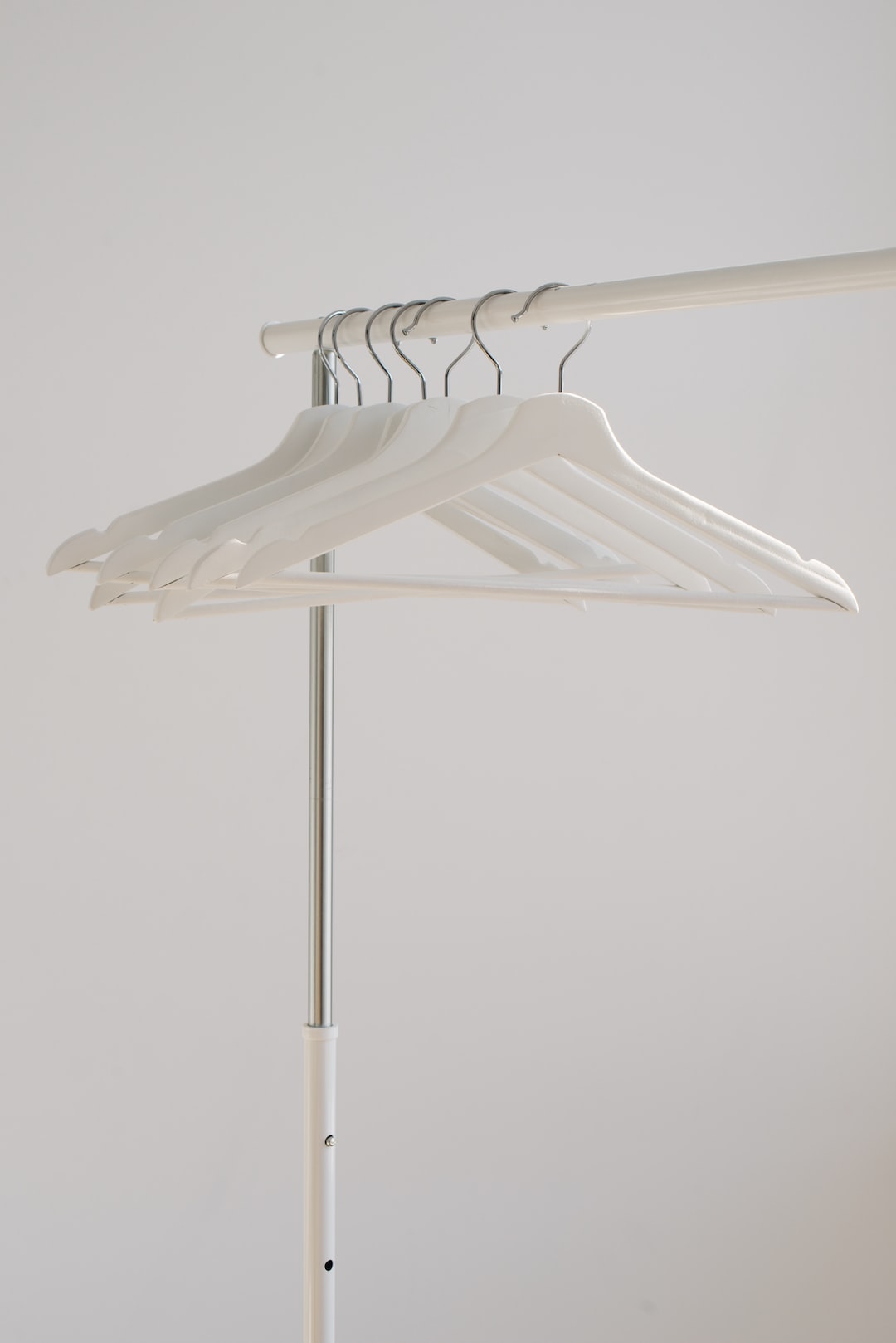Sustainable fashion has gained a lot of traction in recent years, thanks to increasing awareness about the environmental cost of fast fashion and the need to reduce our carbon footprint. It’s no secret that the fashion industry is one of the largest polluters in the world, with statistics showing that it generates 10% of global carbon emissions and consumes an enormous amount of water and other natural resources.
But what is sustainable fashion, and how can we shop ethically and reduce our environmental footprint? In this blog post, we will explore the concept of sustainable fashion, look at the effects of fast fashion on the environment, and outline some strategies for shopping ethically and reducing your impact on the planet when it comes to fashion.
What is sustainable fashion?
Sustainable fashion encompasses clothing, footwear, accessories and other fashion items that are produced and consumed in an environmentally and socially responsible way. It involves using sustainable materials and processes, reducing waste and pollution, and promoting fair labour practices across the entire supply chain.
Sustainable fashion is about making better choices when it comes to what we wear, and being mindful of the impact that our fashion choices have on the planet. It’s not just about buying eco-friendly clothing or accessories, but also about keeping what we have for longer and reducing our consumption of fast fashion.
The impact of fast fashion on the environment
Fast fashion has become the norm in recent years, with retailers churning out new styles and trends at an unprecedented rate. The result of this is that we are buying more clothing than ever before, and disposing of it just as quickly. Statistics show that the average person buys 60% more clothing items than they did 15 years ago and only wears them half as long.
This rapid turnover of clothing has significant environmental impacts, from the production and transportation of clothing to the disposal of it. Here are some of the key environmental costs of fast fashion:
– Water consumption: The production of cotton, one of the most popular fabrics used in clothing, requires an enormous amount of water. It takes about 2,700 litres of water to produce just one cotton t-shirt. In addition, the dyeing and finishing process for clothing can consume vast amounts of water, leading to water pollution and scarcity.
– Polluted waterways: The clothing industry is responsible for significant pollution of waterways, with chemicals from dyeing, finishing and washing processes ending up in rivers and oceans. This not only affects aquatic life, but also the health of people who rely on these water sources for drinking and irrigation.
– Greenhouse gas emissions: The fashion industry is a major contributor to greenhouse gas emissions, with estimates suggesting that it generates around 10% of global carbon emissions. The production of clothing and footwear requires significant energy inputs, from electricity to fuel for transportation. In addition, the disposal of clothing in landfill generates methane, a potent greenhouse gas.
– Landfill waste: The rapid turnover of clothing has led to vast amounts of textile waste being sent to landfill each year. In Australia alone, an estimated 6000kg of clothing and textiles is dumped every 10 minutes.
Strategies for shopping ethically and reducing your environmental footprint
So, what can we do to reduce our impact on the planet when it comes to fashion? Here are some strategies for shopping ethically and sustainably:
1. Buy fewer, higher-quality items
One of the simplest ways to reduce your environmental footprint is to buy fewer items of clothing, but investing in higher-quality pieces that will last longer. Look for items that are well-made, using sustainable materials such as organic cotton or linen, and that are designed to be timeless rather than following trends that will quickly pass.
2. Choose eco-friendly materials
When buying new clothing, seek out items made from eco-friendly materials such as organic cotton, linen, bamboo, hemp, or recycled polyester. These materials have a lower environmental impact than conventional cotton or polyester and are often produced in a way that uses less water and fewer chemicals.
3. Shop second-hand
Buying second-hand clothing is an excellent way to reduce your environmental footprint and save money. Thrift stores, charity shops and online marketplaces such as eBay or Facebook Marketplace offer a vast range of second-hand clothing in good condition. Not only is shopping second-hand better for the environment, it also encourages a circular economy, where clothing and other items can be re-used instead of ending up in landfill.
4. Rent or borrow clothing
Another option for reducing your environmental footprint is to rent or borrow clothing for special occasions or events where you need something different from your usual outfit. Services like Glam Corner or Rent the Runway offer high-quality designer clothing for rent for a fraction of the cost of buying new, while clothing libraries and borrowing schemes allow you to borrow clothing and other items for a period.
5. Repair and recycle
Lastly, it’s important to remember that clothing can be repaired and recycled, rather than being thrown away. Learn basic sewing skills to repair tears or replace buttons, or take clothing to a tailor for more complex repairs. In addition, look for recycling programs in your local area that accept clothing and textiles for recycling, rather than sending them to landfill.
Conclusion
Sustainable fashion is about more than just buying eco-friendly clothing or accessories. It’s about making better choices when it comes to what we wear, and being mindful of the impact that our fashion choices have on the planet. By buying fewer, high-quality items, choosing eco-friendly materials, shopping second-hand, renting or borrowing clothing, and repairing or recycling clothing, we can all do our part to reduce our environmental footprint when it comes to fashion.

